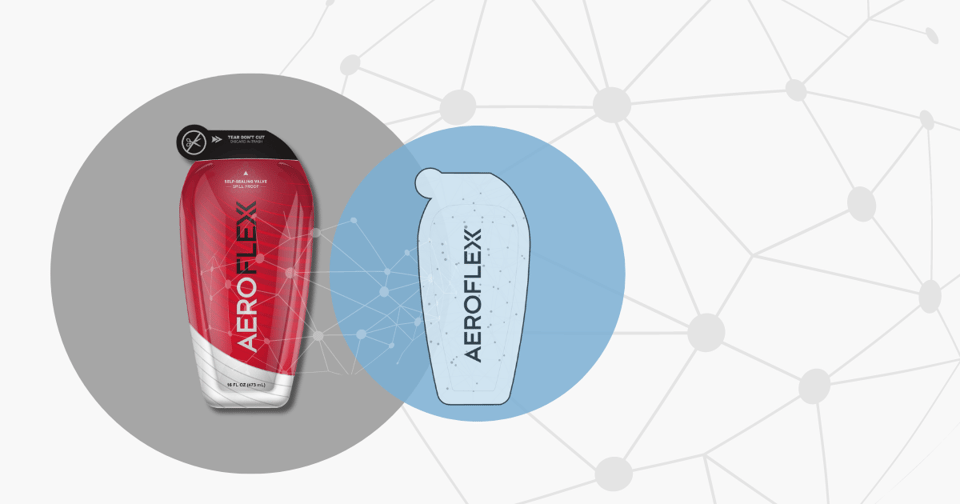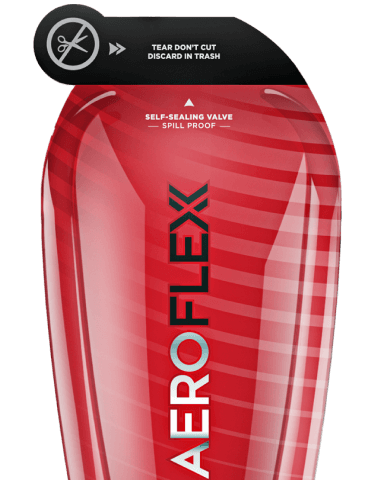As the world becomes more aware of environmental challenges, many industries—including packaging—are seeking ways to provide more sustainable products to every stakeholder involved in the consumption, regulation, or production processes.
Digitization is everywhere and—in many cases—makes processes easier and more effective. Digital watermarks are one of the strategies packaging producers use to make sorting household waste simpler and more effective while also helping to improve challenges to the circular economy.
The Issue with Recycling (at the Moment)
Many of us were told from a young age that recycling is an important part of our efforts to protect the environment. When done right, recycling can have positive effects, but there are weaknesses in the current system.
This is for three main reasons:
- Many citizens lack education on proper recycling. In fact, 72 percent of plastic ends up in landfills or the environment, and only 9 percent of plastic is recycled.
- Plastic is a part of our everyday lives. Although it makes many things more convenient, there are complexities to the materials that make it difficult to recycle.
- Recycling facilities lack the proper technology to sort and process materials.
New technologies have been developed to address these issues. Some plastic producers have developed facilities that turn plastic waste into liquids and gases to be used to make new plastics, allowing plastic producers to profit while making good use of old plastics.
Another helpful technology is digital watermarks. These watermarks act similarly to QR codes so that scanners located in sorting facilities “read” the product to sort it properly.
How Can Digital Watermarking Improve Recycling and Trackability?
Digital watermarks are small watermarks applied to packaging labels or embossed into the plastic. The watermarks contain codes with information about the type of plastic used as well as other relevant information, such as what the product is made of, what colorants it contains, and whether it needs to be separated from other recyclable materials. In the recycling facility, high-resolution cameras read the watermarks to track and sort the packaging.
Benefits to Your Brand
In an era where sustainability is a necessity, implementing digital watermarking into your brand can benefit you in the following ways:
- It makes sorting easier and recycling more effective.
- It reduces plastic waste.
- It has a more measurable environmental impact.
- It provides you with new insights about product lifecycles.
- It helps you comply with regulations.
- It gives you the ability to educate consumers and incentivize recycling.
- It addresses environmental concerns and improves brand perception.
Addressing Sustainability Stakeholders
Digital watermarks can benefit every stakeholder involved in the consumption, regulation, or production of plastic, including:
- Consumers whose values align with recyclable products
- Governments increasing regulations
- Media reporting on companies and industries that are or are not adjusting to climate-centric changes
- Investors demanding brands meet sustainability commitments
- Recyclers seeking solutions to the recycling issue
How Is Digital Watermarking Used Today?
Digital watermarks are an indicator of where the future is headed. Major players in the industry are evaluating the use of digital watermarks to improve sorting abilities and increase access for more communities.
We’re also seeing major pushes by organizations, governments, and institutions to implement digital watermarks. A few significant organizations and initiatives to follow are:
- HolyGrail 2.0 leads the largest digital watermark initiative. It’s made up of more than 160 companies and organizations from the packaging value chain.
- Digimarc Recycle is a leading digital watermark company helping brands digitize their products and packaging to increase sustainability.
In the corporate world, a major brand integrated Digimarc barcode detection and data validation to improve quality control without compromising quality in the printing process. Digimarc has selected France to be the first country to implement the technology into three brands: Henkel, L’Oréal, and Procter & Gamble.
These brands will add digital watermarks to their high-density polyethylene rigid packaging portfolios. Discarded packaging with digital watermarks will be collected and taken to Veolia’s PlastiLoop Brenouille facility to be sorted by the watermark detection unit from nonenhanced packaging waste.
Ultimately, the goal is to test the process in real-world situations to improve sorting, gain valuable insights into the waste stream, and eventually broaden the services to other countries.
Enhance Trackability with AeroFlexx
Digital watermarking is the future of recycling, trackability, and improving the circular economy. With the AeroFlexx Pak, you can take advantage of our 360-degree design capabilities that allow for customized design and watermarking.
Find out more about how the AeroFlexx Pak features resonate with consumers by reviewing our free consumer research deck, “A Better Liquid Packaging Solution.”








